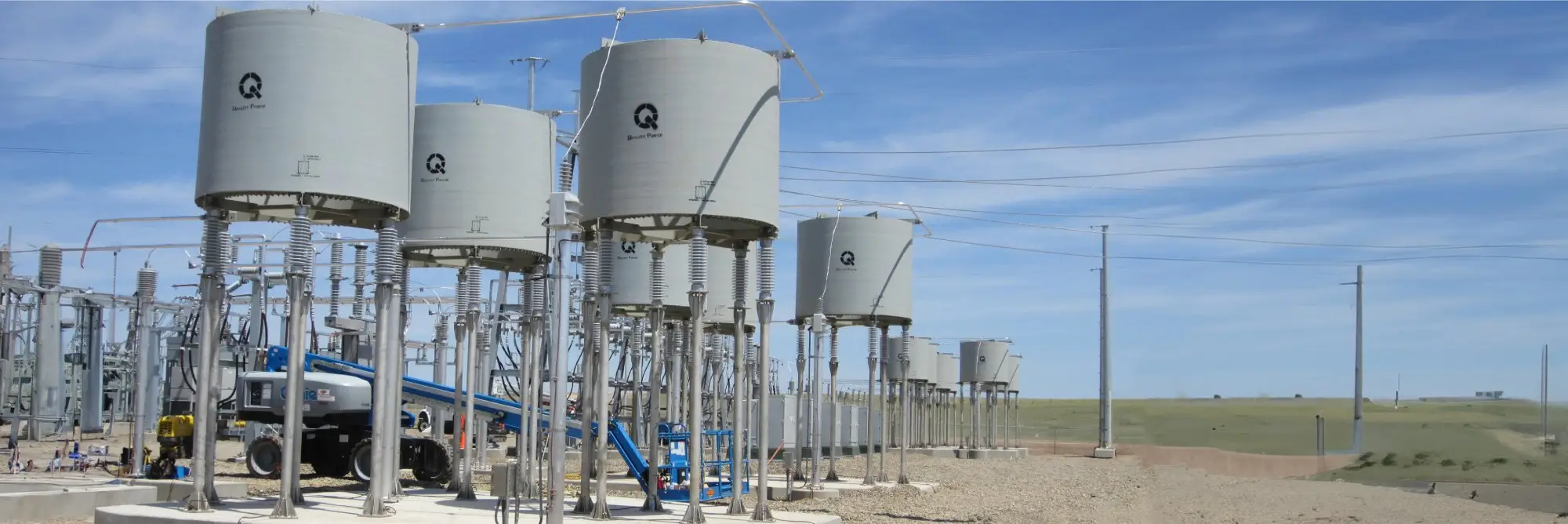
Reactors > Shunt Reactors
Mechanically Switched Reactor
Mechanically switched reactors represent an innovative approach to managing reactive power balance within power transmission systems. Essentially, these reactors combine the functionality of traditional shunt reactors with additional switching devices, enabling dynamic control over reactive power compensation. This detailed overview delves into the operation, benefits, and applications of mechanically switched reactors, shedding light on their significance in modern power system operation and management.
Operation and Functionality: At their core, mechanically switched reactors function similarly to conventional shunt reactors, which are integral components in power transmission networks. Shunt reactors are utilized to regulate the reactive power balance within the system, compensating for surplus reactive power generated by transmission lines or cables. By absorbing or supplying reactive power as needed, shunt reactors help maintain system voltage levels and stabilize network operation.
The distinguishing feature of mechanically switched reactors lies in the incorporation of additional switching devices. These devices facilitate the on/off switching of the reactor based on real-time system conditions. During periods of heavy load or high reactive power demand, the switching device activates the reactor, allowing it to provide reactive power compensation. Conversely, during times of low load or reduced reactive power requirements, the switching device deactivates the reactor, minimizing its impact on the system.
Benefits and Advantages:
Mechanically switched reactors offer several key advantages over traditional shunt reactors and other reactive power compensation solutions:
- Dynamic Control: The ability to switch the reactor on/off in response to changing system conditions enables precise and dynamic control over reactive power compensation. This flexibility allows for optimal utilization of reactive power resources and enhances overall system efficiency.
- Load Adaptability: By adjusting reactor operation based on real-time load conditions, mechanically switched reactors can effectively manage reactive power balance across a wide range of operating scenarios. This adaptability ensures efficient operation under varying load conditions and minimizes reactive power losses.
- Voltage Stability: Reactive power compensation provided by mechanically switched reactors helps maintain system voltage stability, ensuring consistent and reliable power delivery to consumers. By mitigating voltage fluctuations, these reactors contribute to improved power quality and enhanced system reliability.
- Equipment Protection: Effective management of reactive power balance helps alleviate stress on electrical equipment and components, extending their lifespan and reducing maintenance requirements. By preventing voltage instability and harmonics, mechanically switched reactors safeguard equipment from damage and operational disruptions.
Applications and Use Cases:
Mechanically switched reactors find application in a variety of power system scenarios, including:
- Transmission Networks: Deployed in transmission substations and along high-voltage transmission lines, mechanically switched reactors help regulate reactive power flow and maintain voltage stability across the grid.
- Distribution Networks: Integrated into distribution substations and feeder circuits, these reactors support voltage regulation and improve power quality for residential, commercial, and industrial consumers.
- Renewable Energy Integration: As renewable energy sources such as wind and solar become increasingly prevalent, mechanically switched reactors play a crucial role in managing the variability of these resources and ensuring grid stability.
- Industrial Applications: Used in industrial power systems, including manufacturing plants and large-scale facilities, to enhance power factor correction and optimize reactive power management.


